When is the next eclipse & where can I see it?
Chasing the eclipses

Once seen never forgotten

A rare celestial event

The great American eclipse 2017
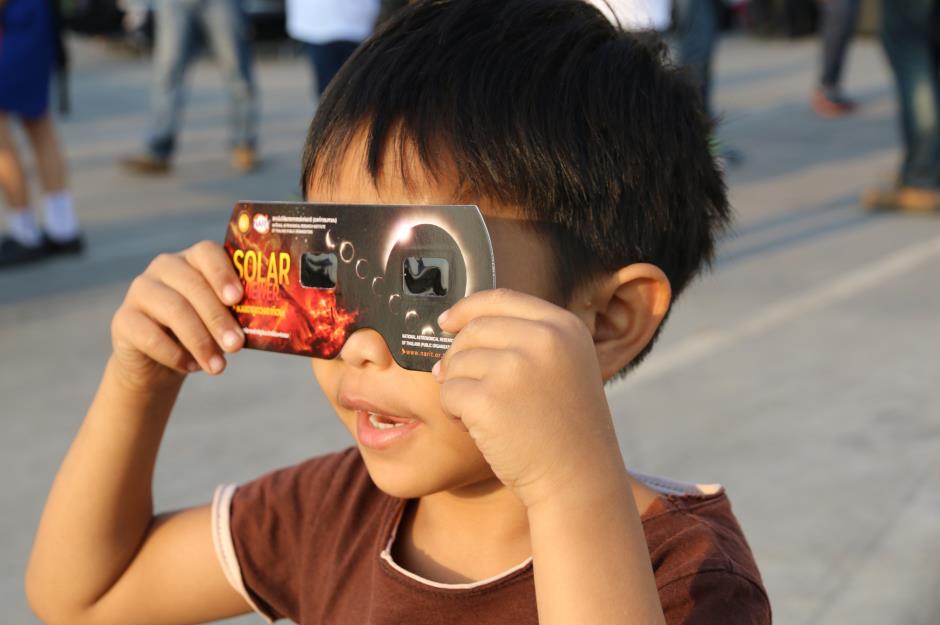
The great American eclipse 2017
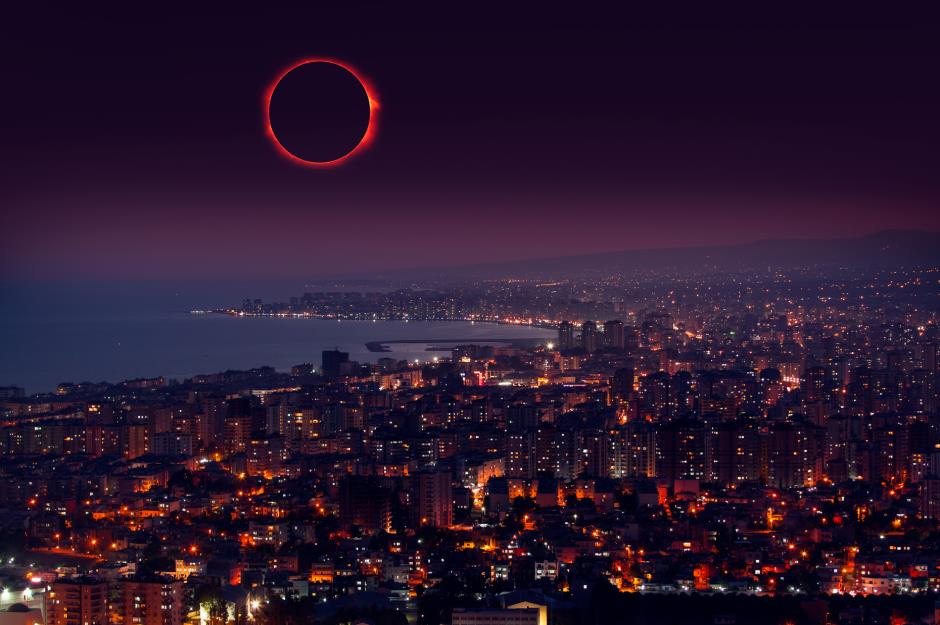
According to Timeanddate.com, this will be the first total solar eclipse visible in mainland United States since 1979. The next one will be in April 2024, but that one won’t be visible in as many locations across the US as the 2017 eclipse.
Partial solar eclipse, 15 February 2018

Partial solar eclipse, 15 February 2018
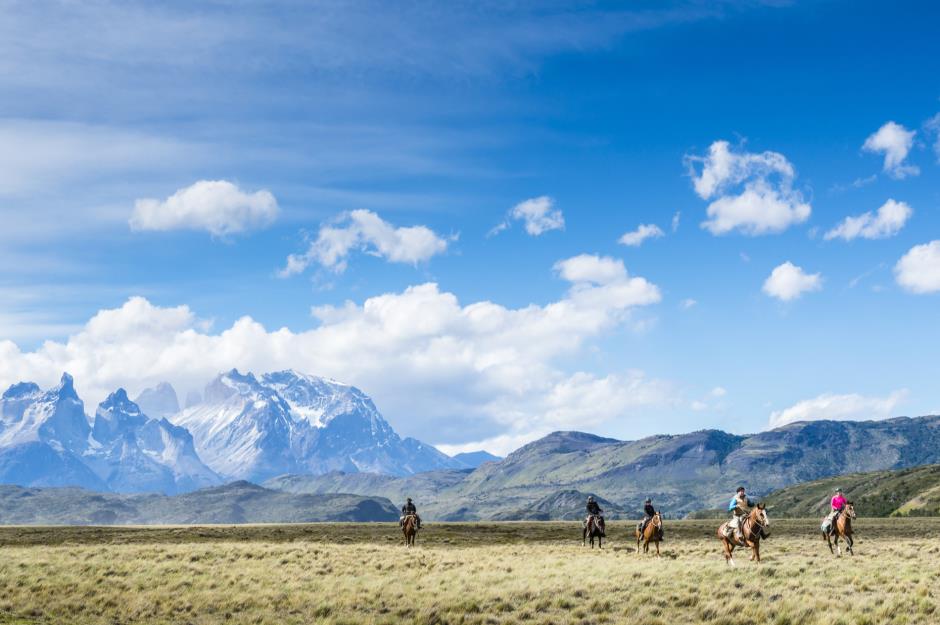
Partial solar eclipse, 15 February 2018
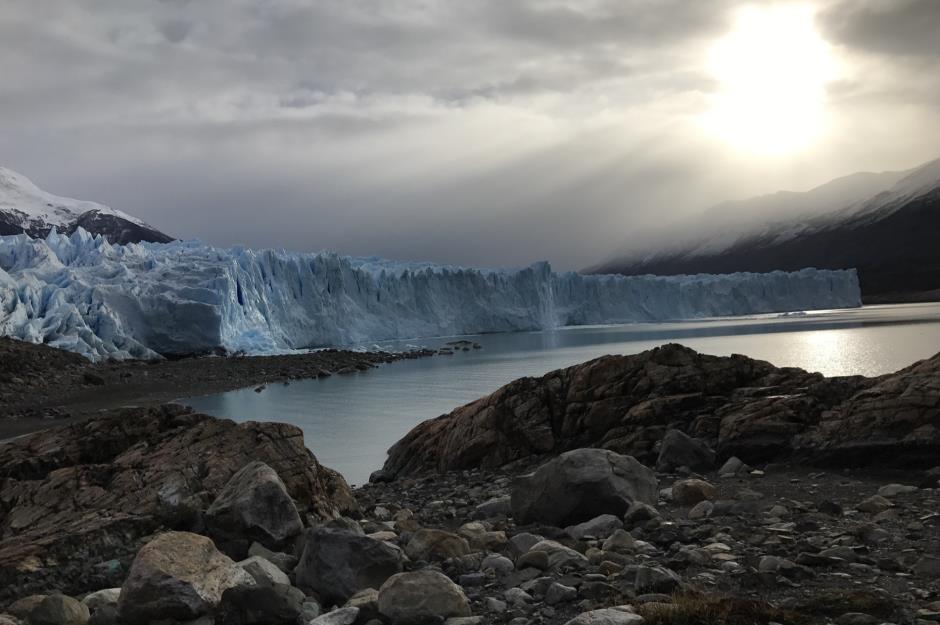
Partial solar eclipse, 15 February 2018
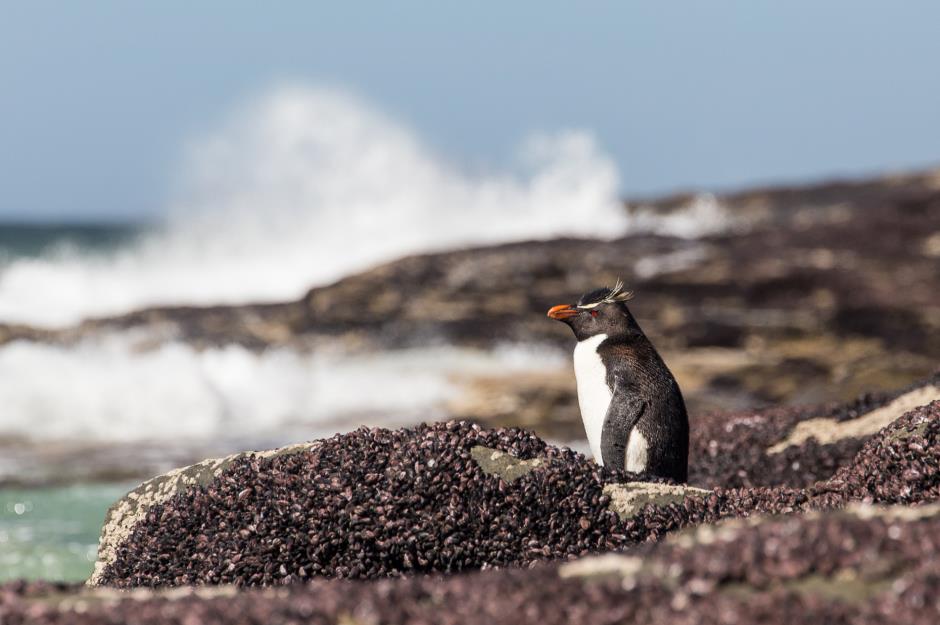
Partial solar eclipse, 13 July 2018

Partial solar eclipse, 13 July 2018
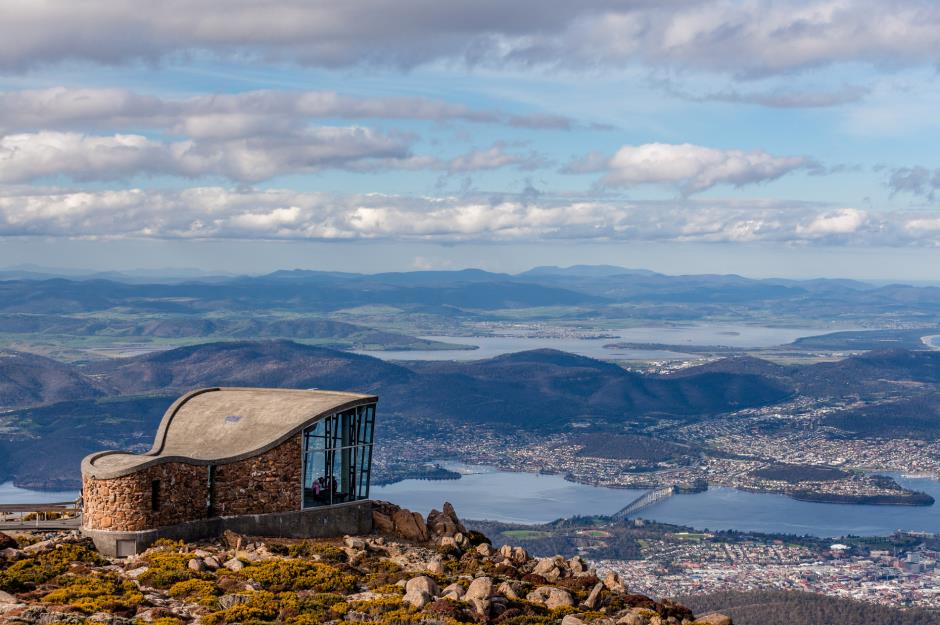
Partial solar eclipse, 13 July 2018
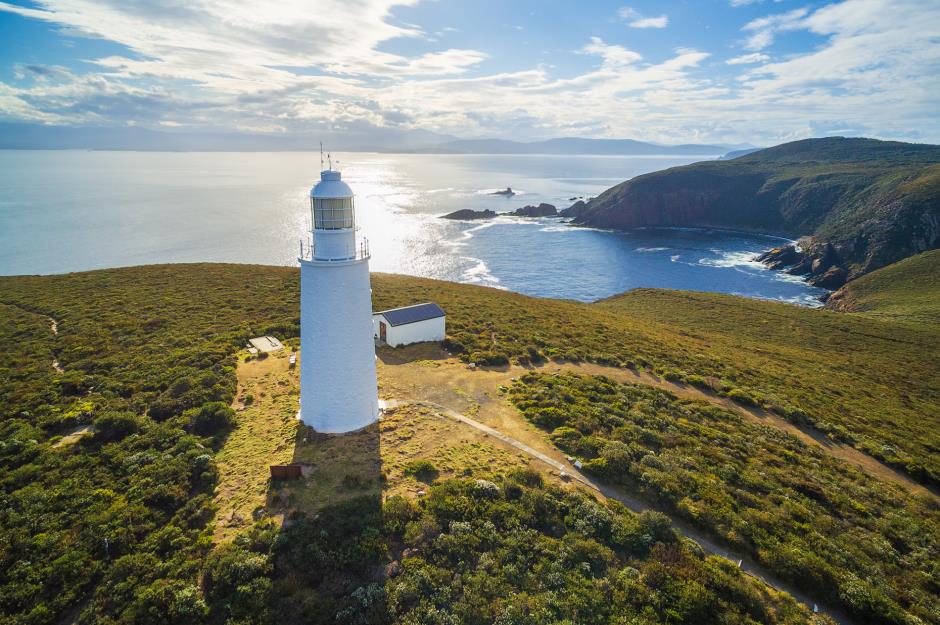
Partial solar eclipse, 11 August 2018
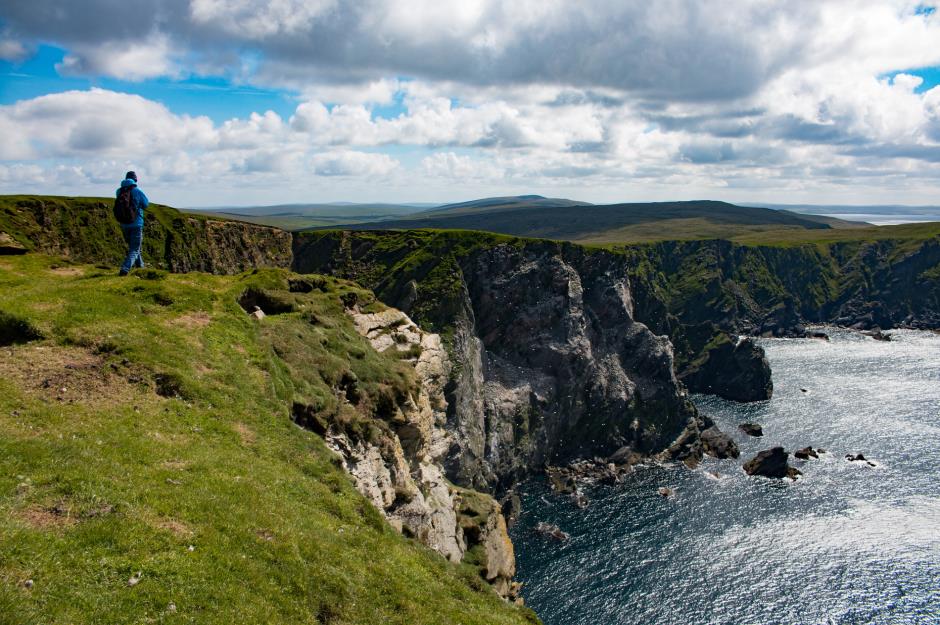
Visible in parts of northern Europe and Scandinavia, Canada, Greenland, Russia, Mongolia, China, North Korea and South Korea, August 2018 also sees a partial solar eclipse. The best chance of seeing it in the UK is on the northern coast of Scotland, Orkney and Shetland. As the most northerly inhabited island in the UK, Unst is likely to get a good line of sight. Head to the island’s most northerly cliffs at Hermaness National Nature Reserve – breeding ground for gannets, skuas and puffins – and wait for the spectacle to appear.
Partial solar eclipse, 11 August 2018
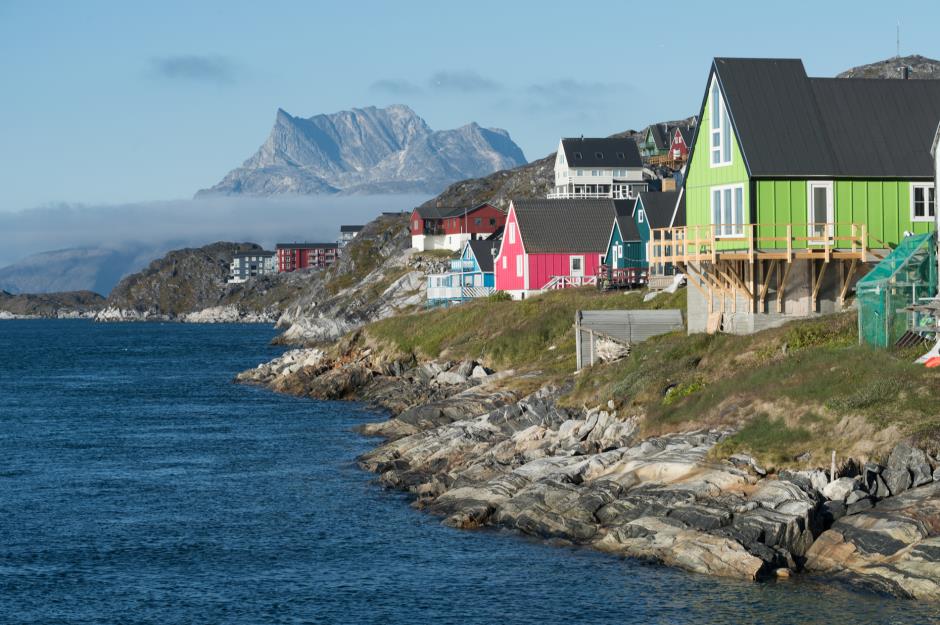
Partial solar eclipse, 11 August 2018
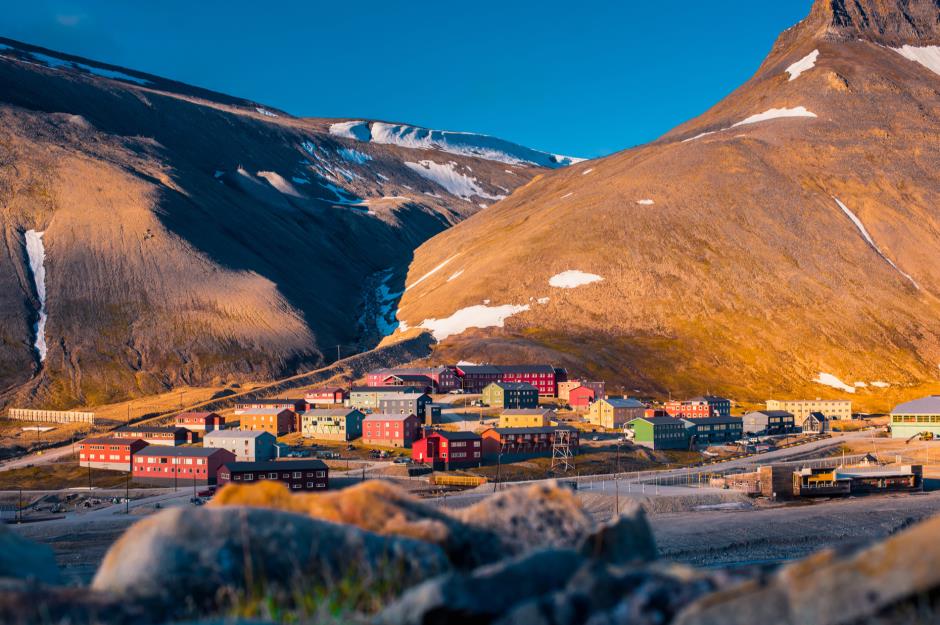
Head to Longyearbyen in Norway's Svalbard archipelago or Reykjavík in Iceland and you’ll not only get to see the eclipse but also the midnight sun. The golden glow of the sun in the middle of the night is yet another incredible natural sight that needs to be seen to be believed. Iceland’s capital will witness the maximum eclipse at 8.44am while Longyearbyen gets to see it as 11.17am.
Full lunar eclipse, 31 January 2018
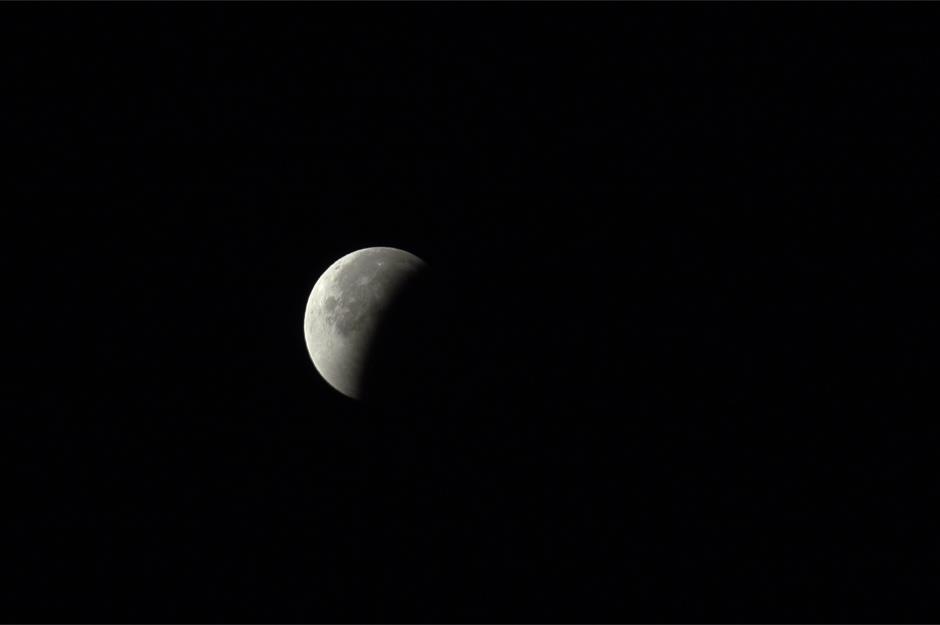
Full lunar eclipse, 31 January 2018
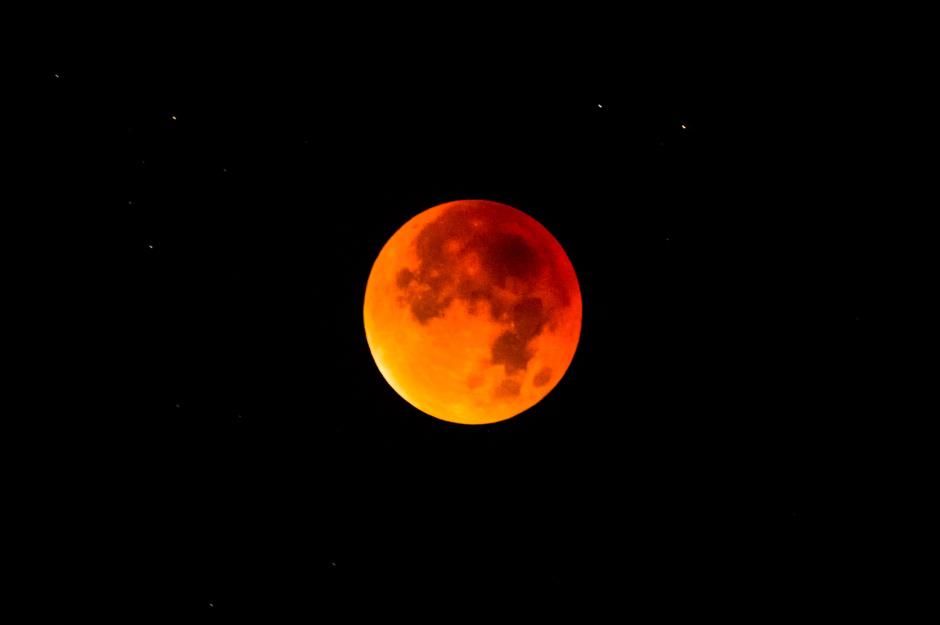
Full lunar eclipse, 31 January 2018
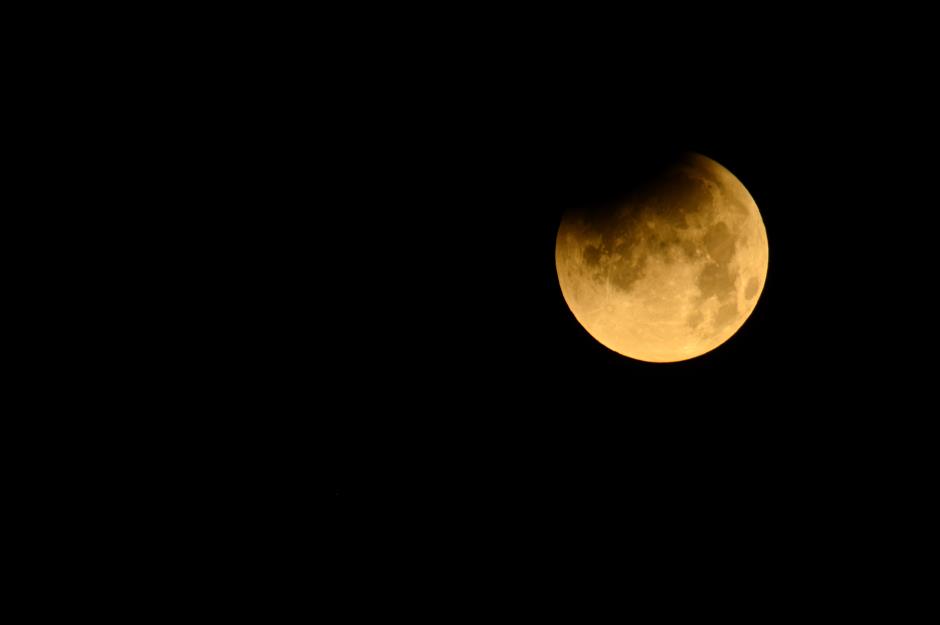
Full lunar eclipse, 31 January 2018

Full lunar eclipse, 31 January 2018

Sydney, weather willing, will also get to enjoy the full lunar eclipse. This stunner of a city is just as beautiful at night as it is in the day time. Head up to Observatory Hill just above the Rocks and sit down to watch the moon glow red over the harbour. The Sydney Observatory often has night tours so sign up to one to learn more about eclipses.
Full lunar eclipse, 27/28 July 2018
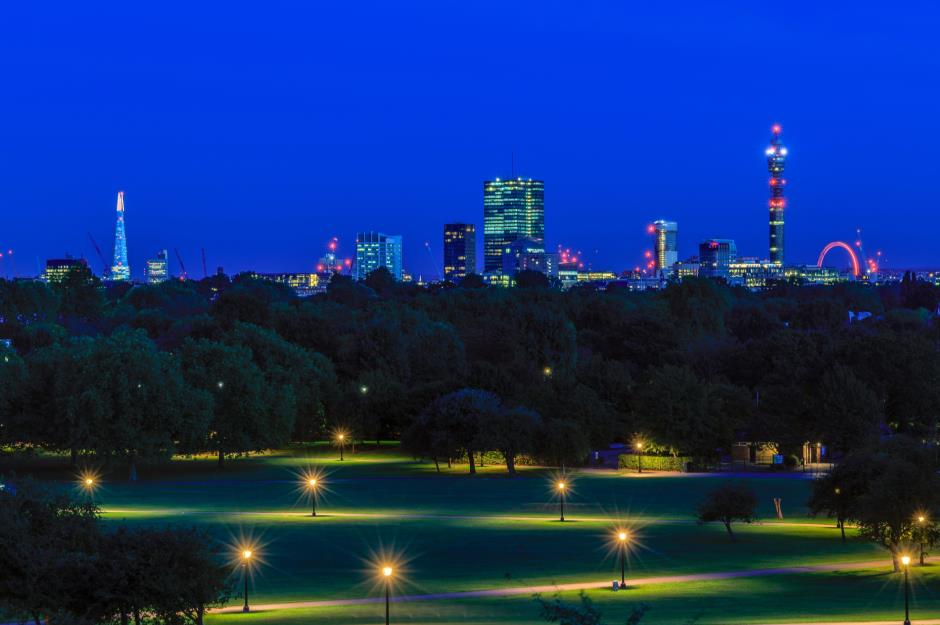
Another full lunar eclipse will darken our skies in July 2019 and will be visible in London, other parts of Europe as well as parts of Asia. Head to Primrose Hill in northwest London to (hopefully) watch the moon glow red against the backdrop of the city skyline. It will be at its best at 9.21pm.
Full lunar eclipse, 27/28 July 2018
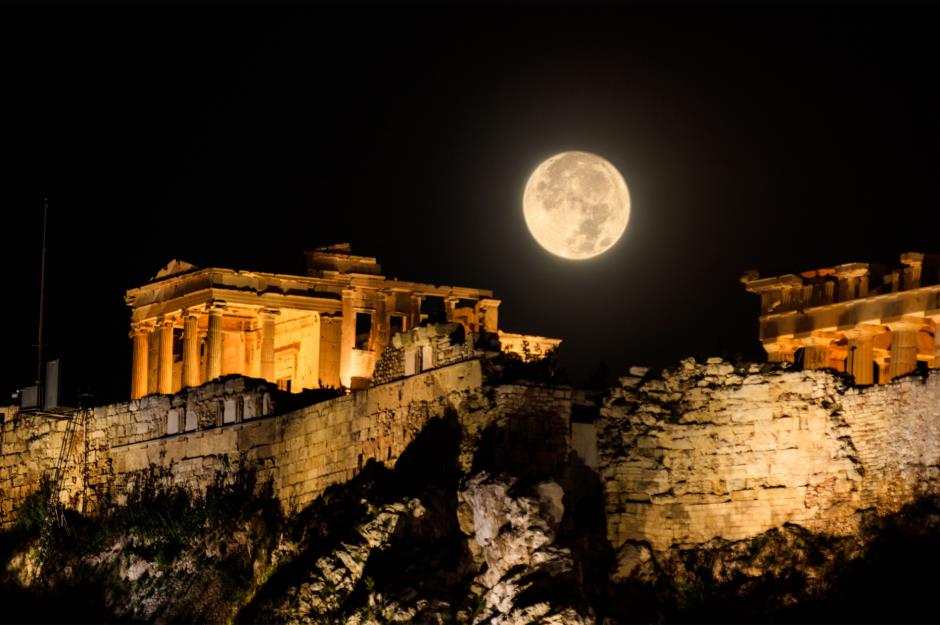
Total solar eclipse, 2 July 2019
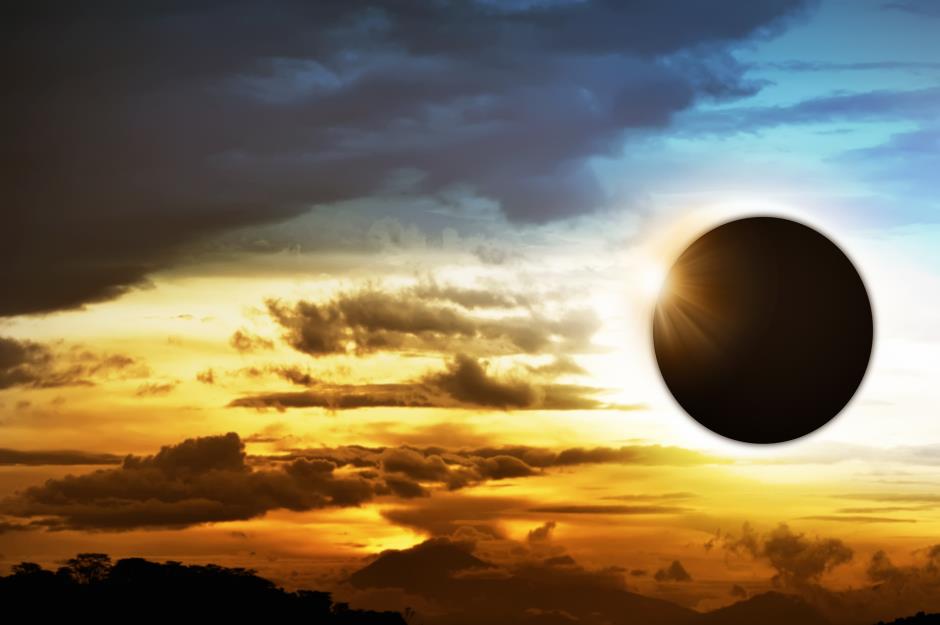
Total solar eclipse, 2 July 2019
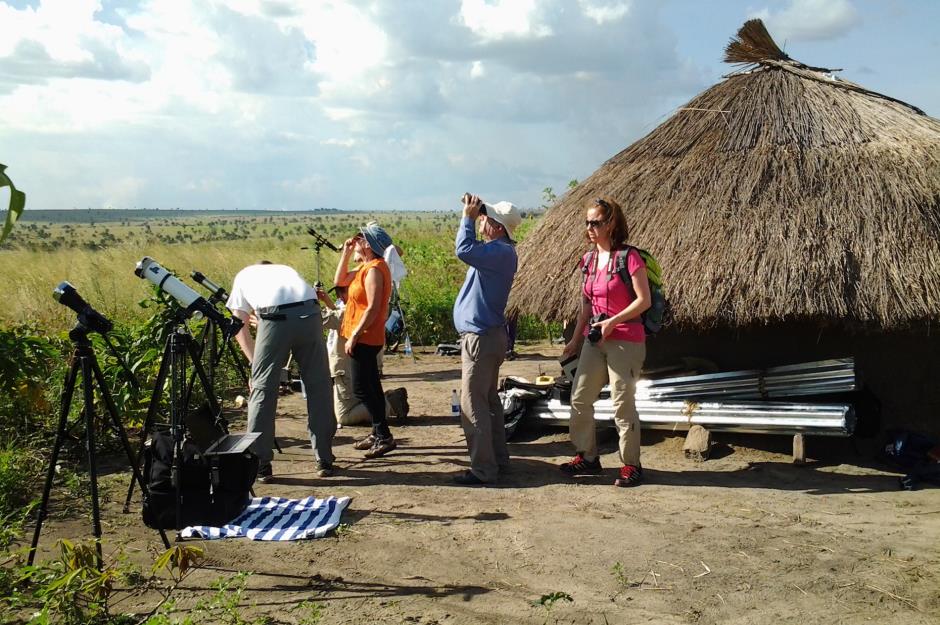
Astronomical travel specialist Travel Quest has a “Cruise to Totality” trip from 26 June to 10 July 2019. It will take passengers on board the MS Paul Gaughin sailing out from Tahiti and around the South Pacific to view the eclipse. Onboard lectures will have you fully up-to-speed on everything to do with eclipses as well as provide insights into astronomy within Polynesian culture.
Total solar eclipse, 2 July 2019

Total solar eclipse, 2 July 2019

The total eclipse will also make landfall in parts of Argentina and Chile. Combine astronomy with gastronomy on Explore’s 14-day tour departing on 23 June 2019. Accompanied by an astronomer, you’ll visit Leoncito Observatory to admire the clear night skies and watch the eclipse from the garden of a lovely private country house near San Juan in the north west of the country – an area renowned for its lack of light pollution. It will take place at around 4.25pm local time.
Total solar eclipse, 2 July 2019
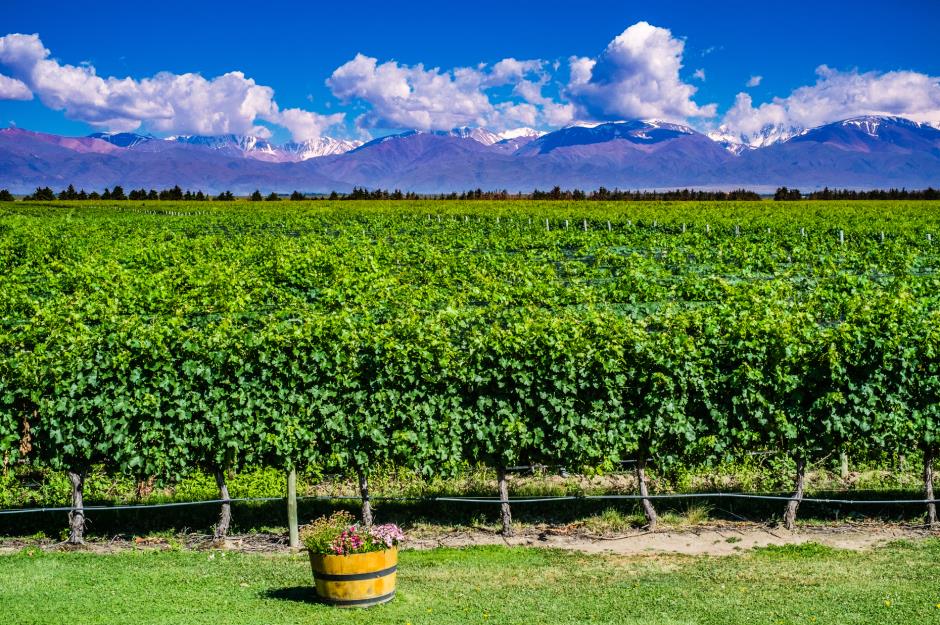
Annular solar eclipse, 26 December 2019

An annular eclipse, according to Timeanddate.com, happens when the moon covers the sun's centre, leaving its outer edges visible to form a so-called “ring of fire” or annulus around the moon. Boxing Day 2019 brings an annular solar eclipse to parts of eastern Europe, much of Asia, north and Western Australia, east Africa, the Pacific, and the Indian Ocean. The perfect excuse for taking off to warmer climes for a Christmas holiday, we say.
Annular solar eclipse, 26 December 2019
Head to beautiful dunes of Wahiba Sands in Oman for a Christmas with a difference on Explore’s Arabian Sands and Eclipse tour, which departs on 21 December 2019 for eight days. Also known as the Sharqiya Sands, you’ll sleep beneath the star cluttered skies, waking up to see the annular solar eclipse while you sip your morning coffee. The clear desert skies mean you're in with a high chance of seeing the eclipse.
Annular solar eclipse, 26 December 2019
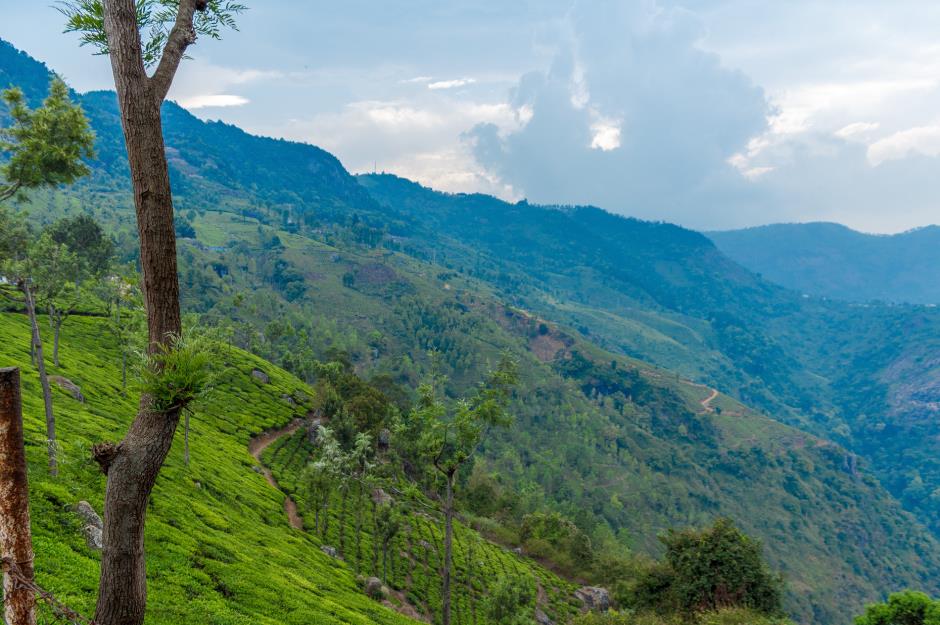
Alternatively, you can witness it from the lush and lofty hill station of Ooty in Tamil Nadu, southern India. Explore’s 10-day southern India trip departs from Bangalore and ends in Kerala’s charming spice port Kochi. Aside from the eclipse, you’ll gaze up at the stars as you spend the night on a traditional houseboat on the dreamy Keralan backwaters, take a trip aboard an antique train through the Nilgiri Mountains and visit the opulent palace of Mysore.
Annular solar eclipse, 26 December 2019
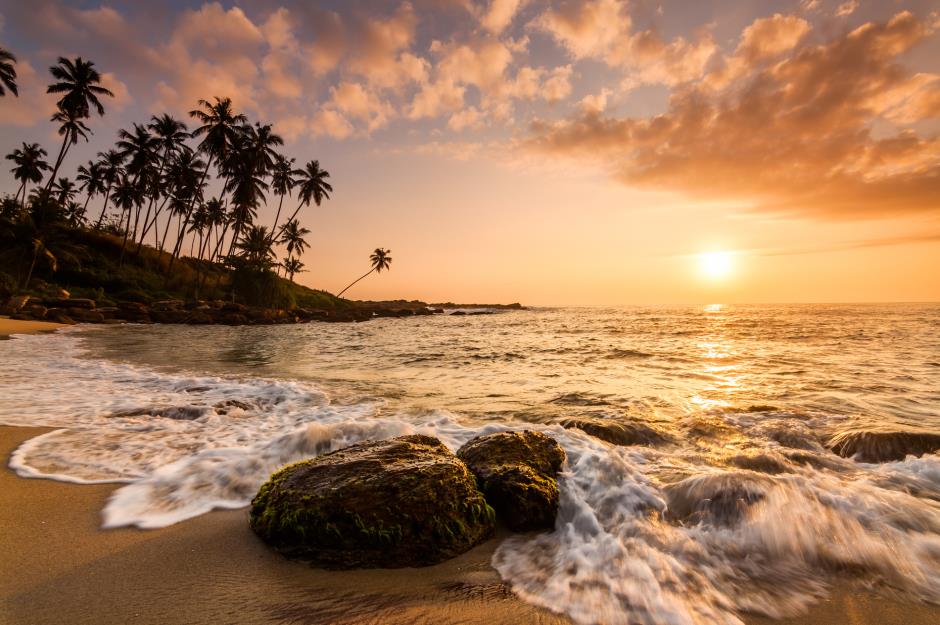
The eclipse will be visible in other picturesque parts of Asia, including Sri Lanka and Indonesia. Explore is running trips to these fascinating countries too – in Sri Lanka the tour will stop at the small island of Analaitivu, located off the coast of Jaffna in the north, to view the spectacle in idyllic surroundings.
Annular solar eclipse, 26 December 2019
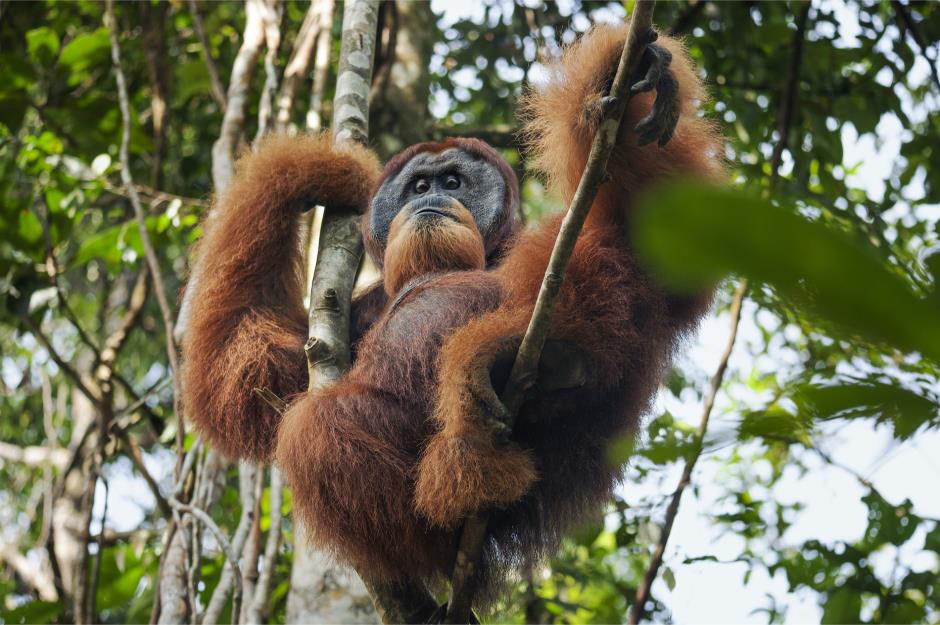
Wildlife lovers may prefer to head to Sumatra where the eclipse viewing will take place somewhere in the vast rice paddies of Padang Sidempuan. Adventure seekers will be in for a treat throughout Explore’s 12-night trip to this fascinating island: trekking through jungle to spy wild orangutans, climbing active volcano Mount Sibayak, and travelling by boat to remote Batak villages to meet a former tribe chief and learn about ancestral traditions.
Total solar eclipse 2021
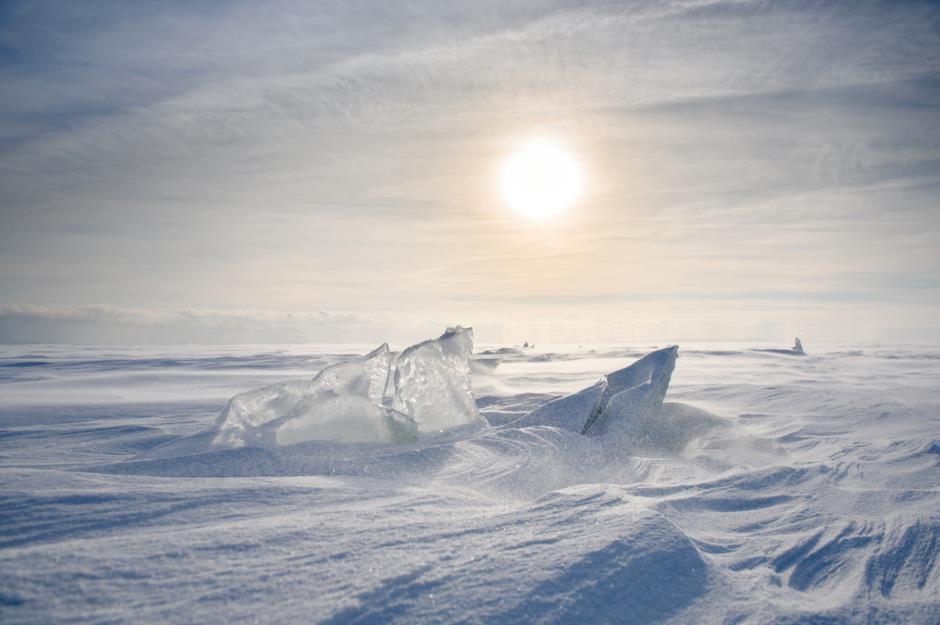
Comments
Do you want to comment on this article? You need to be signed in for this feature